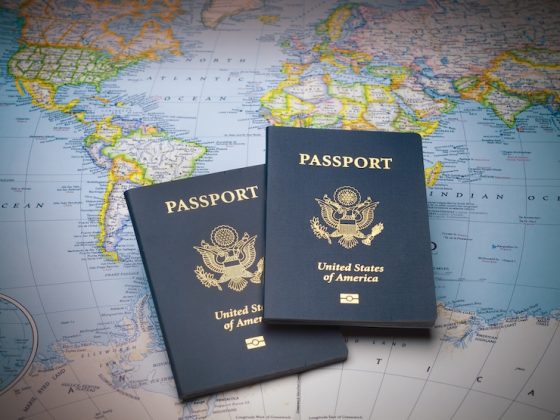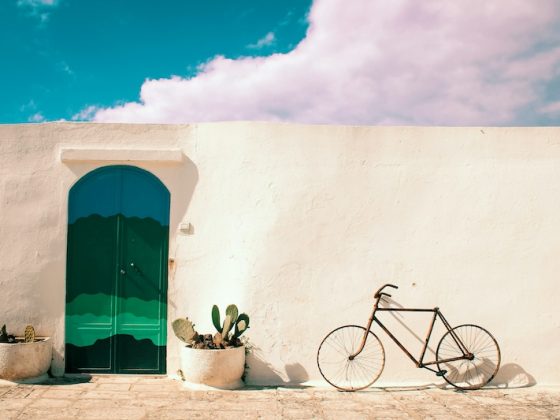Once you have completed your real estate deal, you must begin to attend to other details to prepare your task of moving to Colombia. If at all possible, it is better that the seller leaves all of the utilities connected so that you can change them over at a later date once you are established in Colombia. For a foreigner, attempting to get services installed can be a long and frustrating task. The service providers are not amenable to giving services to someone who has no credit history in Colombia. If you have to have new connections made you may need your real estate agent or your lawyer or perhaps a friend to help you. This literally can take hours so be prepared to pay for the assistance.
If you want to buy a new cellphone, this is possible, but very likely you will have to settle for a ”pay as you go plan” until you have a credit rating established. Some sellers will do a ”work around” but if you go directly to one of the three major providers, Claro, Tigo or Movistar, you cannot buy a monthly plan, even if you offer to pay a year in advance.
If you are intending to ship personal belongings to Colombia, you must first have a visa and have applied for your cedula – Colombian ID card. You must also have an address and telephone number to provide to the shipping company.
According to Colombian law, on the importation of your household you must pay a tax of 15% on CIF (customs value of the goods, freight and insurance). Work through the details of this with your shipping company. If many of your items are used, then they may suggest you use a ”flea market” value.
Depending on how long your goods are held by Colombian Customs before they are cleared you may also incur other costs. These charges are determined on a daily basis and must paid to shipping companies for failing to return the container in the allotted time, even though it may not be your fault.
You also must to pay storage directly to the port or warehouse customs in case the goods come by air. These values depend on the size of your shipment. In most cases these costs are not included in the prices as they are amounts that can not be defined until the merchandise arrives to the Colombian port or airport.
Choose your shipping company carefully and ask detailed questions. Many companies do not give you the real cost door to door, however as noted above there are certain costs that can not be determined until the items have been released from Customs. If your goods are coming from the west, ask about delivery to the port of Cartagena. The port of Buenaventura is more of a cargo port and clients have indicated a rougher handling of personal goods.
Some shipping companies have recommended ”tea money” in cash for people at the port. Do not do this !! This is illegal and only propagates a bad image of Colombia. There are no poor, underpaid freight handlers or stevedores at the ports. Most freight is handled by large equipment. While the Customs officer has every right to delay and inspect your goods, if your shipping company has prepared all of your documentation properly, Customs do not have the right to hold your property or ask for money. A respectable shipping company will reject this idea outright.
From the Colombian side you will be restricted to no more than one of any particular items, like TV’s, etc. Make certain that your shipping company clearly provides you these regulations.
Insuring your goods is another issue that you must consider. The odds are if you buy your shipping insurance in Colombia, it will be more expensive. The challenge may be, if you buy cheaper insurance with a foreign company, if there are damages you will have to try and collect from an insurance company in a different country.
Brenda Mitchell at Kings Global Forwarding Ltd in Calgary, Canada has shared an excellent documentation with us on preparing for an international move and we would be happy to forward that to any interested party.
If you would like to import a vehicle, once you have a visa this will not be allowed. There are only two legal ways that you can bring a car into Colombia. As a tourist you can send your car here. You may be required to pay various taxes and manage a series of documents when you enter the country. Generally you are granted a period of 6 months, with an extension available to one year. After that you must take the car out of the country every six months and repeat the entry process. Recently a client imported his car and he was only given 90 days as that matched the time he was granted with his entry as a tourist. Once he applies to renew his tourist visa he can apply for an additional 90 days for his car. The only other vehicles that can be brought into to Colombia are ”Classics”. These cars must more than 25 years old and they must be approved by the Automobile Club of Colombia. They will ask for extensive documentation for the car, including photos inside and out. There is also a fee for the application for this request.
Pets are welcome in Colombia. They must have their vaccinations up to date, with an examination and documentation not older than 8 days. This is controlled by ICA – ”Instituto Colombiano Agropecuario”. Follow this link for the current regulations governing pets. – http://www.ica.gov.co/getdoc/67809a6d-d08e-4d91-bd0e-f17611927a7e/Requisitos-para-importar-mascotas.aspx
For further information about moving, importation, and relocation services, please contact us through the form below.
Contact Author
"*" indicates required fields
Stay Ahead on Every Adventure!
Stay updated with the World News on Escape Artist. Get all the travel news, international destinations, expat living, moving abroad, Lifestyle Tips, and digital nomad opportunities. Your next journey starts here—don’t miss a moment! Subscribe Now!







